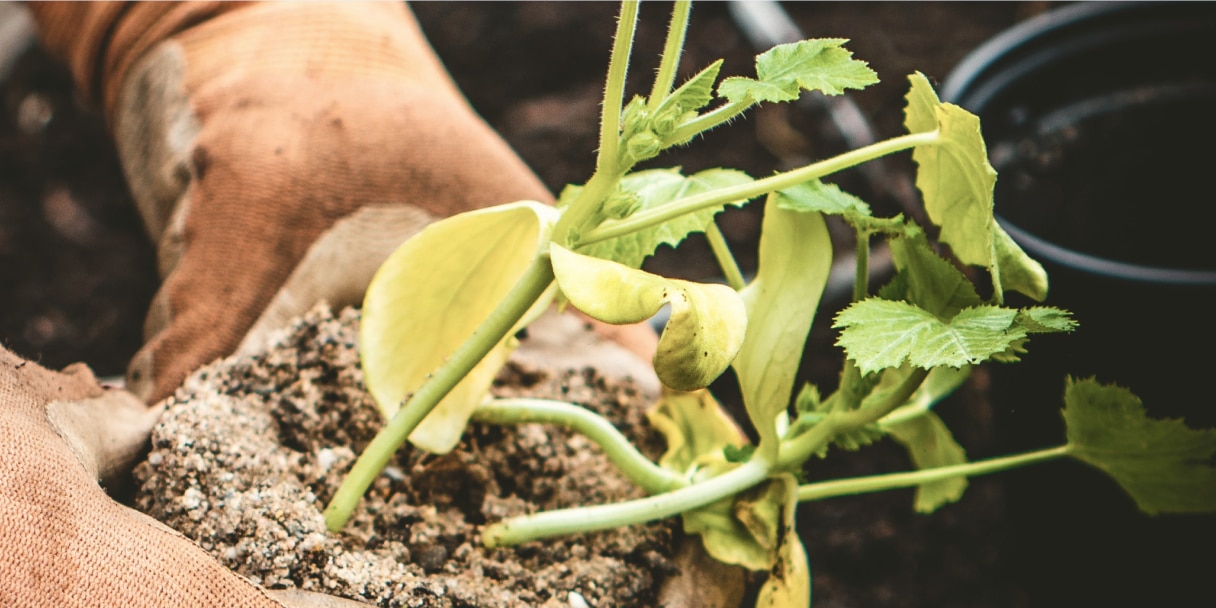We understand that parents and caregivers have concerns about heavy metals in baby food. The health of your little ones is our highest priority, and we promise to always provide only safe, nutritious food—for the peace of mind you deserve.
Heavy metals like lead, cadmium, mercury, and arsenic naturally occur in the earth’s crust and can be absorbed by crops in trace amounts as they grow. We believe the best way to address the issue of heavy metals in baby food is to be a part of the solution. While they can’t be eliminated, we’ve long taken proactive steps to minimize heavy metals in our ingredients.
All our finished products are tested for heavy metals in compliance with U.S. government and Nestlé regulations. In fact, our robust standards for quality and safety are often stricter than those set by the FDA. We also partner with a dedicated team of nutrition and crop scientists, child development specialists, feeding experts, and registered dietitians who are focused on furthering our efforts.
Learn more about how we’re constantly striving to achieve the lowest levels of heavy metals possible in our foods:
We’re picky about growing and sourcing.
For decades, we’ve partnered with farmers to grow nutritious and high-quality ingredients for your little one, with care and love. Our agriculture team works closely with growers to select fruit and vegetable varieties and the fields where they'll grow—two key elements helping minimize the absorption of heavy metals. We prioritize sourcing from regions with lower levels of heavy metals and test crops, water, and ingredients using the latest technology. Our longstanding relationships with our farmers (many of whom are parents themselves!) allow us to set robust standards for our produce that allows us to make only high-quality baby food.
We’re working to build soil health.
Research shows that several aspects of soil health play an important role in the absorption of “good” nutrients and minimizing the availability of heavy metals to crops as they grow. We work hand in hand with our growers and suppliers to adopt regenerative agricultural practices, which perpetually maintain and restore soil health and can result in lower absorption of heavy metals. Our long-standing relationships allow us to continue our work with them over time in order to minimize levels in the soil. We’re also working with public land-grant universities to conduct on-farm research and identify soil conditions and crop varieties that may absorb fewer heavy metals from the soil.
We’re investing in research.
We’re not waiting for science to progress on its own. For years, we’ve partnered with research groups and invested in studies with leading agricultural researchers—including scientists from Michigan State University, Louisiana State University, and the USDA—to better understand what farming practices and produce varieties best minimize the absorption of heavy metals.
Serving the tiniest tummies comes with a lot of responsibility. It’s why we quality check our 300+ ingredients before crafting each of our foods. We also take a continuous improvement approach to heavy metals, further lowering levels over time as technology evolves.
As industry leaders, we’re dedicated to both following and setting strict standards for baby food safety, quality, and nutrition. You can learn more about our commitment to quality here.
| Food Groups | Serving Size Examples | Total Daily Goals: |
|---|---|---|
| Milk | ½ - ⅔ cup milk or yogurt 1 slice American cheese |
16 fl. oz. |
| Vegetables | ¼ cup soft, peeled and cooked, mashed or cut to bite-size pieces | ¾ cup |
| Fruits (Limit juice to 4 fl. oz. of 100% juice, only once a day) |
¼ cup soft peeled, mashed or chopped fruit; 4 fl. oz. 100% fruit juice | 1 cup |
| Meat/Beans | 1-3 tablespoons cooked; mashed or easy-to-chew chopped meat, beans or eggs | 1½ oz. |
| Grains (Choose whole grains whenever you can) |
¼ cup cereal, rice or pasta or ½ slice bread, ½ cup hot cereal | 2 oz. equivalent |
| Fats/Oils | ½-1 tablespoon dressing, cooking oil or soft margarine | 2 tablespoons |







